Nearly 60 million years ago, the world stood at the precipice of an ecological collapse when an asteroid hit the earth to wipe off a third of humanity. As observed by the legendary scientist Luis Alvarez, what remained of the Cretaceous–Paleogene extinction was a handful of nature’s select ectothermic species who thrived on to claim the earth as their own. Moving forward in time, humankind re-established supremacy by robbing the environment of its assets—instigating innumerable disasters in form of oceanic oil spills, nuclear waste, deforestation, death of the oceanic reefs and mass extinction. How would the world be if man’s rapacious self-interest destroyed its own existence and succumbed to a dark, overpowering future clenched within the claws of the scorching undergrowth, flesh-eating plants and an environmental reality thriving on a world without any humans? In a thought-provoking exhibit, Southern Guild gallery of Cape Town presents Solastalgia with the works of multidisciplinary artist Stanislaw Trzebinski.
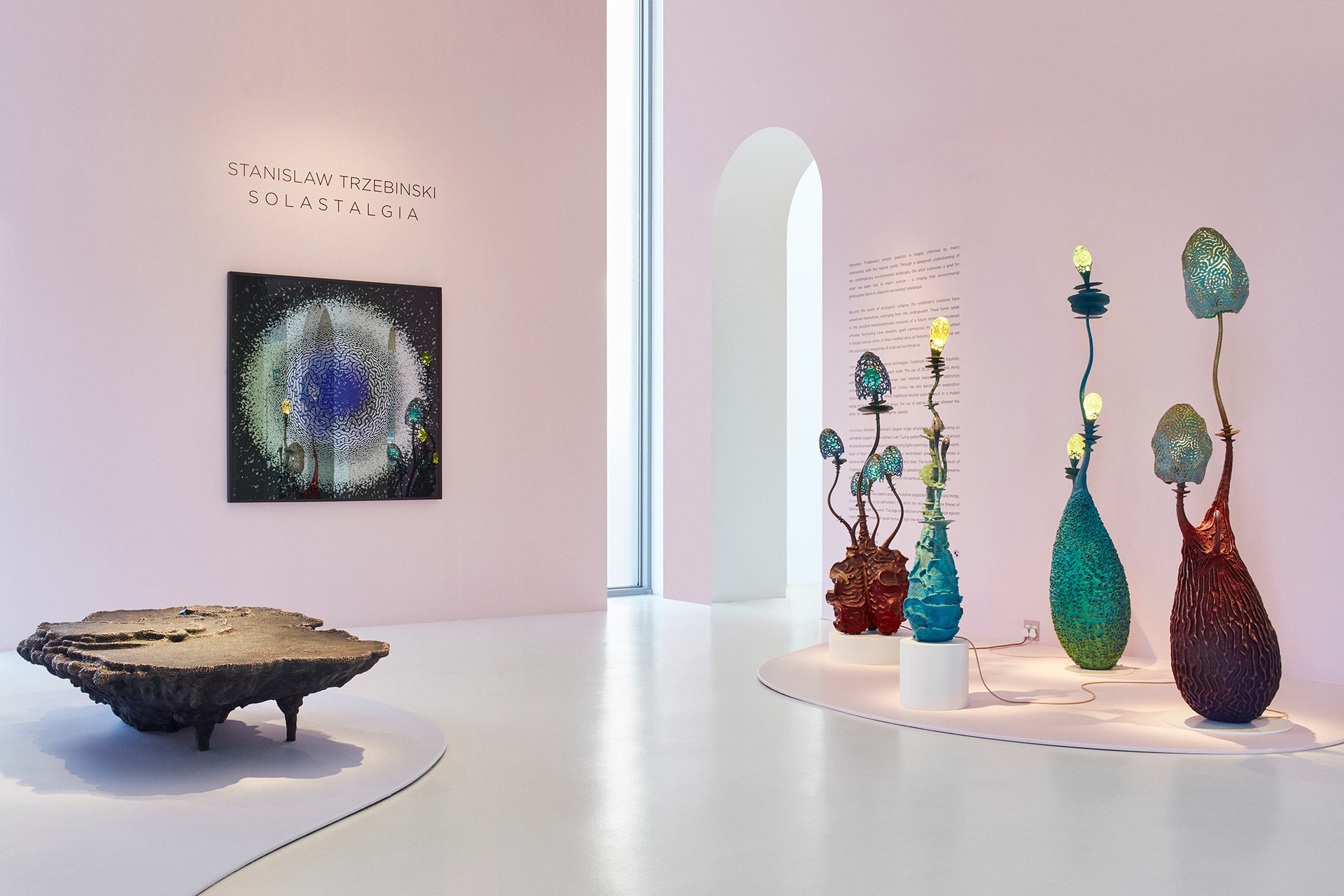
This is the South African artist's second solo exhibition with the gallery, which opened on September 8, 2022, and will run till November 10, 2022. For the exhibition's driving concept, Trzebinski delves into the notion of impending ecological collapse, creating artwork that appears to have been unearthed from the dystopian netherworld. The artist's forms speak to the possible metamorphosed creatures of the earth's future terrain: acid-tolerant amoeba, burrowing cave dwellers, giant carnivorous mushrooms sheathed in fungal, porous skirts. The organisms have been borne of biological necessity, shedding their own layers of being and seizing only what is needed to survive.
"I've been experiencing what environmental philosopher and sustainability professor Glenn A. Albrecht calls solastalgia, a nostalgia for the loss of places that used to give me solace - that made me feel fully human,” says Trzebinski. “Our very home, the Earth, is being ruined and despoiled. So much is already lost, and I'm homesick in my own home," he adds emphasising the profound nature of attending to environmental emergencies. The philosopher Albrecht coined the term ‘Solastaligia' in 2003 as a descriptive emotional or existential state of distress induced by the growing changes in the environment.
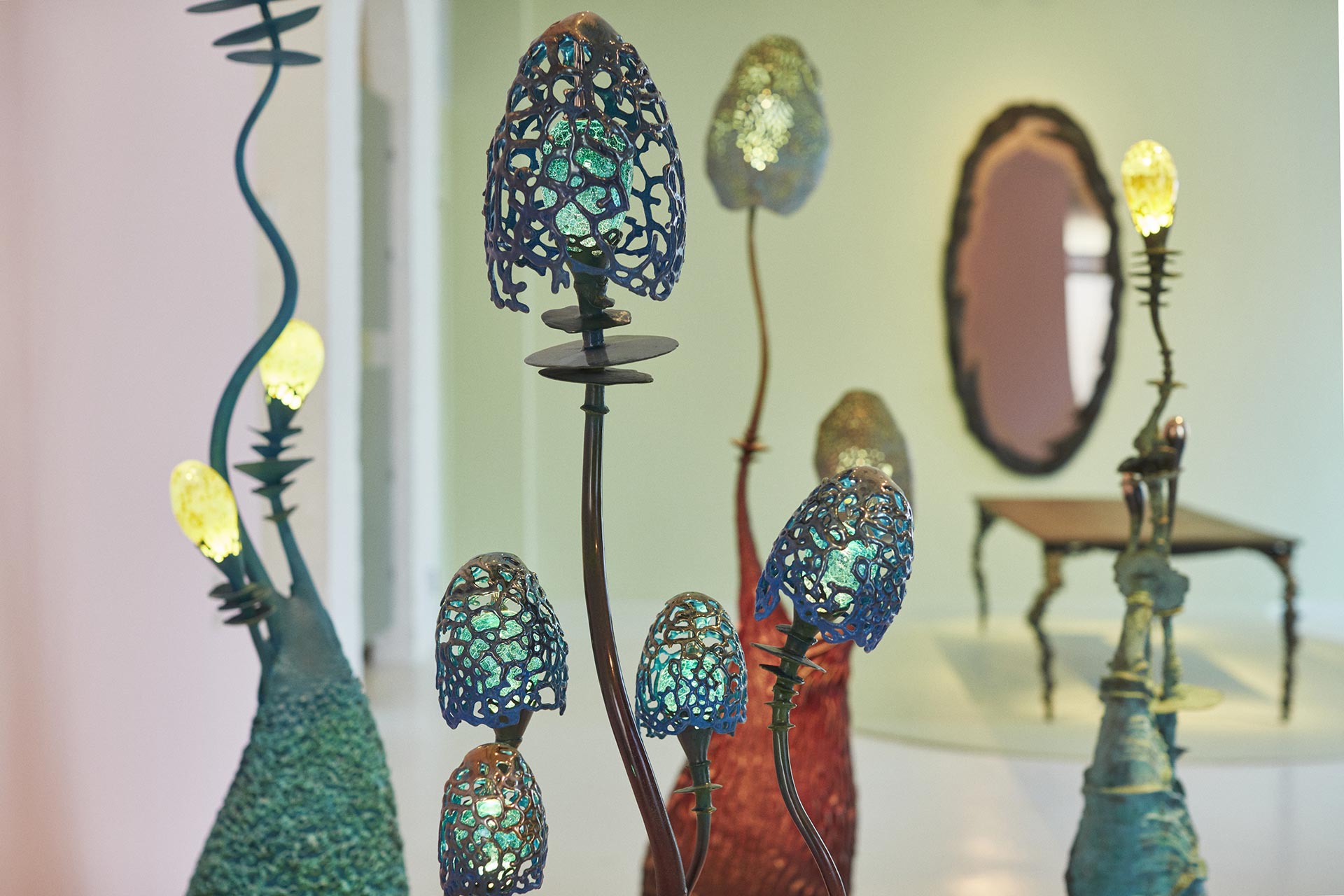
A series of standing light sculptures aptly titled Toxic Bloom, The Terrific Trepidation, The Big Blue Funk and The Humongous Fungus appear to unfurl from the earth. Trzebinski collaborated with the specialist glass studio Kitengela Glass in Kenya to create the lights' hand-blown glass bulbs, mottled in bacteria-like dispersions of green, blue and red. These other-worldly forms carry an uncanny semblance to spooky earthlings such as the South-Asian tropical pitcher plant or even the bioluminescent Mycena fungus, crowning the exhibition as truly mesmerising pieces of sculptural lights. "We need to keep seeing the magic in the world. Beauty for beauty's sake, nature for nature's sake - I want people to appreciate that the natural world is worth fighting for, not because of what it represents, but simply because it is," expresses Trzebinski.
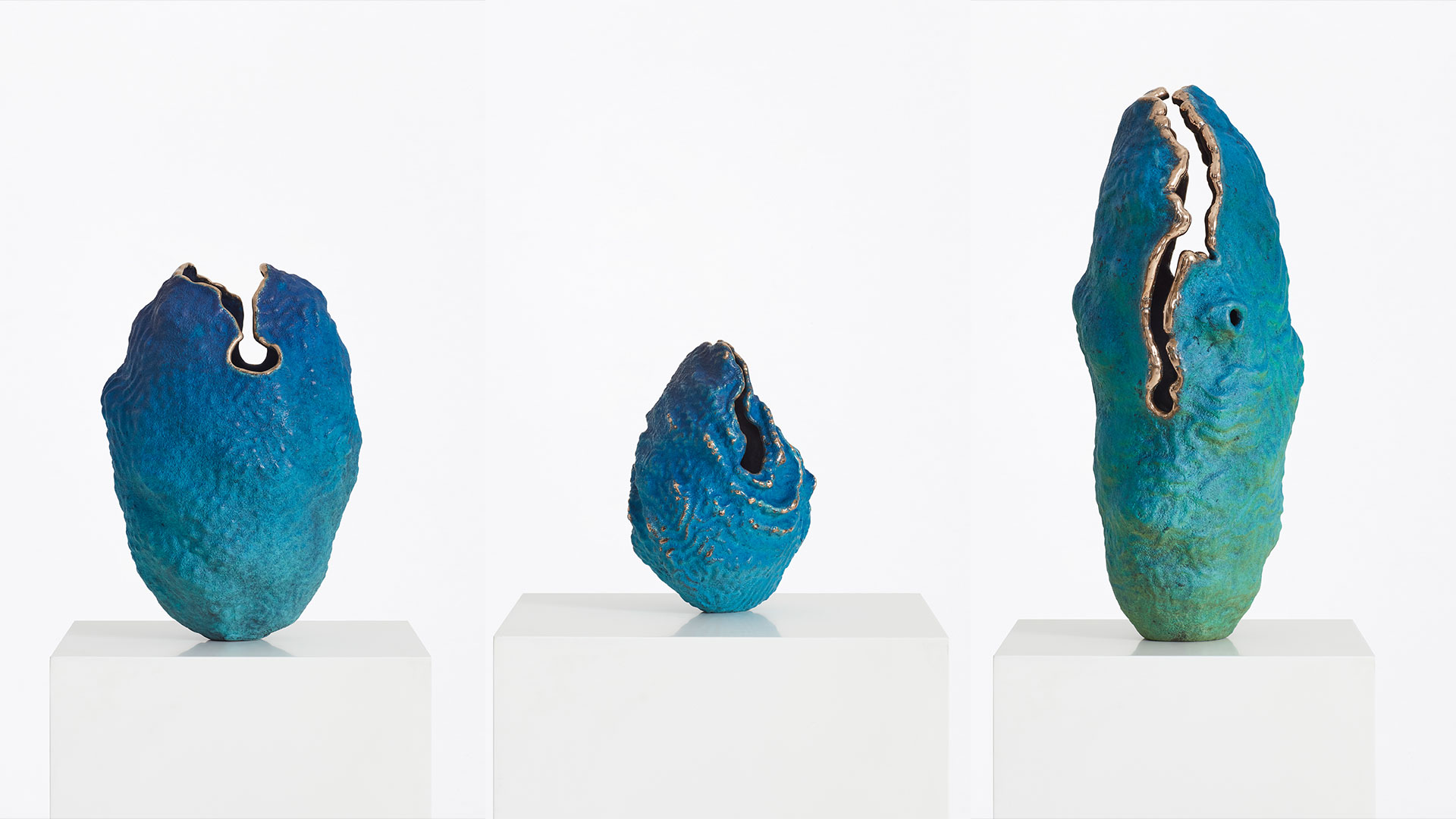
Furthermore, the product designer platforms his collection of sculptural vases named ‘Hollow Promise’ materialised using patinated bronze and coloured in bright shades of blue and green. Each sculpture has a unique shape, cracks and crevice-like openings and sinuous textures that mimic dead coral rocks. As contrasting imagery, the sculpture art emanate the notion of impending ecological collapse while being vivaciously coloured. It is almost as if the artist whimsically taunts the industrial world, bearing dire consequences on nature by making the audience appreciate good-looking, dead corals.
The exhibition also features Trzebinski's largest singular artwork to date, a 12-square-metre series of patinated copper panels etched with trails of Turing patterns that invite both microscopic and topographical associations that he named the Delightful Dead Sea Disaster. The mammoth artwork is supported by more art pieces in etched mirrors that illustriously light up the exhibition including the Extremophile IV, In Hindsight II and In Retrospective. Each of the mirror artworks is reflective in nature, Trzebinski appropriates them in a way that their iridescent quality compliments their individual environmental appearance.
Focusing on a world that is disintegrated and perished, Trzebinski's Scorching Earth and the Caustic Chaos tables beautifully explore the muted tones of brown and black. The Caustic Chaos is laced with a textural intricacy inspired by Ethiopia’s Danakil Depression, which is known to be the hottest place on earth. It embodies the contours and surfaces of the original landscape, albeit in a charred black colour, in stark contrast to the lush and vibrant ambience. Furthermore, the Scorching Earth embraces the texture of wood and distorted creepers in dark tones of green and ombre. The thematic table design certainly fits well for a fictitious setting of a dead and dying domesticated space.
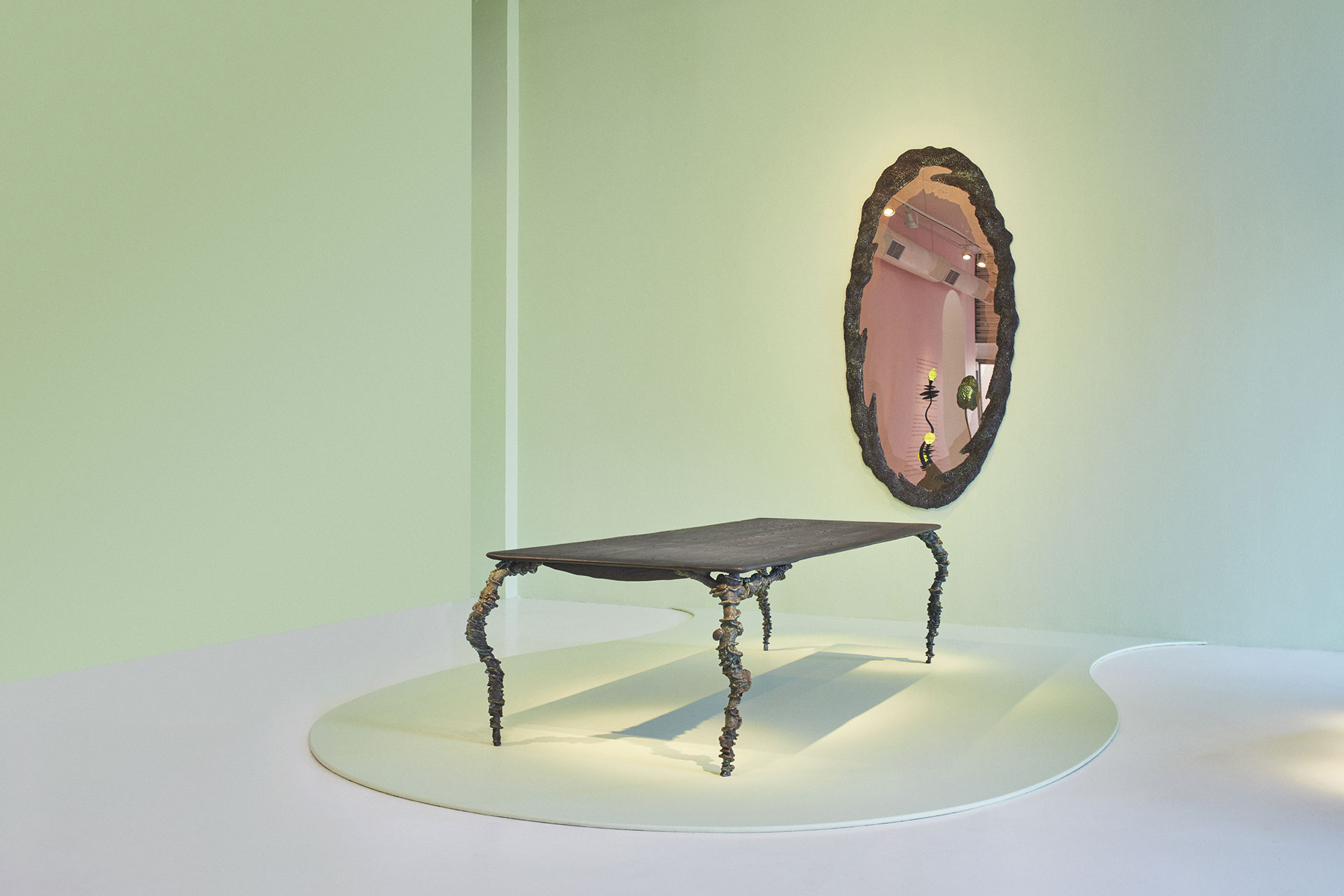
Each work's unearthly form offers itself to the imagined scenario of a dystopian world rebuilding itself after climatic destruction. Solastalgia, is a macabre step beyond the artist's customary examination of man's symbiotic yet precarious relationship with nature. Trzebinski, a prolific artist who is not afraid to experiment with new processes and materials, utilised printing to produce moulds for a selection of the featured pieces. This application reflects a unique merging of past and present when combined with the age-old method of lost-wax casting. Witnessing this imagined universe provides an opportunity for catharsis. Nature will outlive us; destruction quietly leads to rebirth, and the circle of life continues.






 Sign in with email
Sign in with email



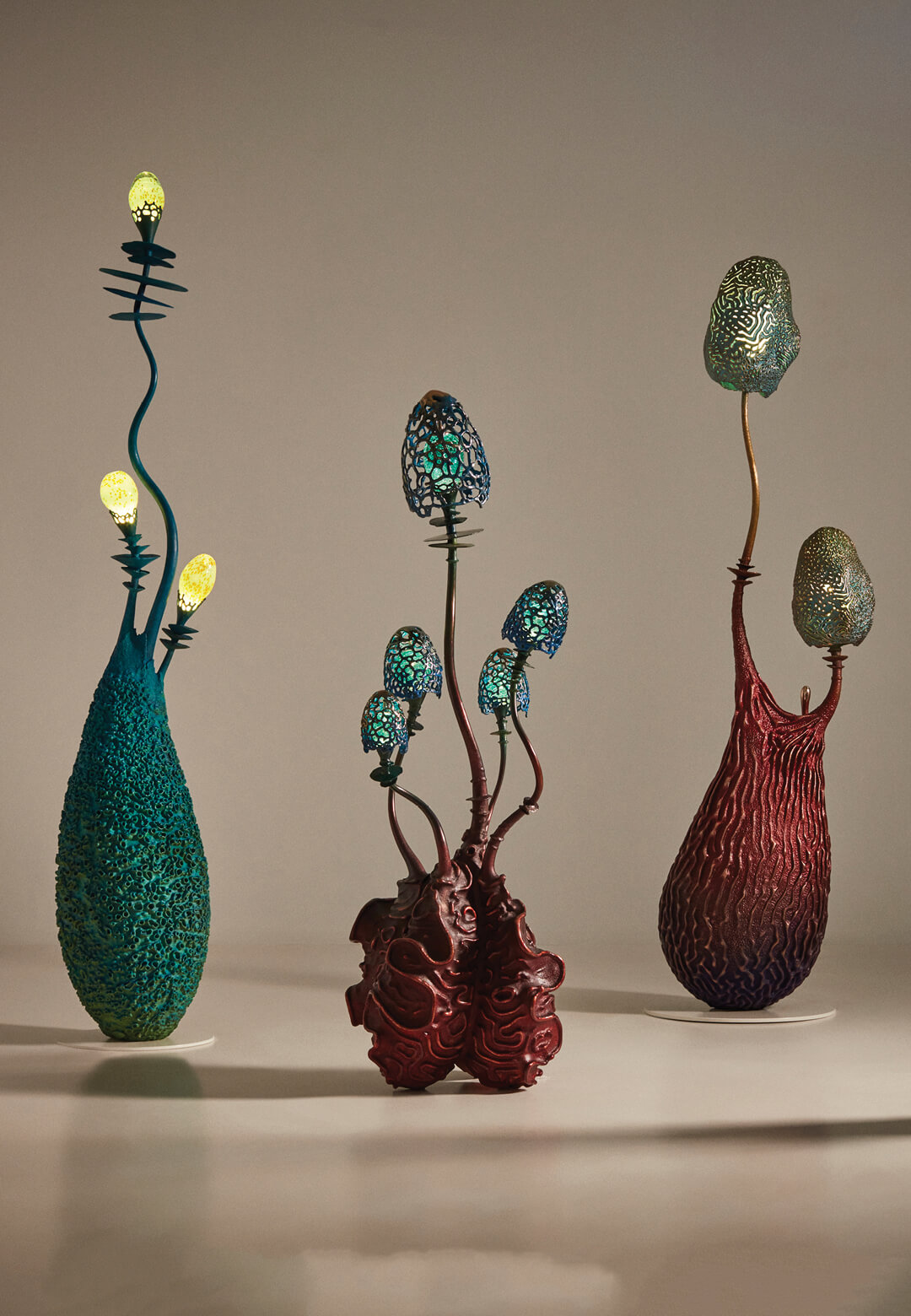
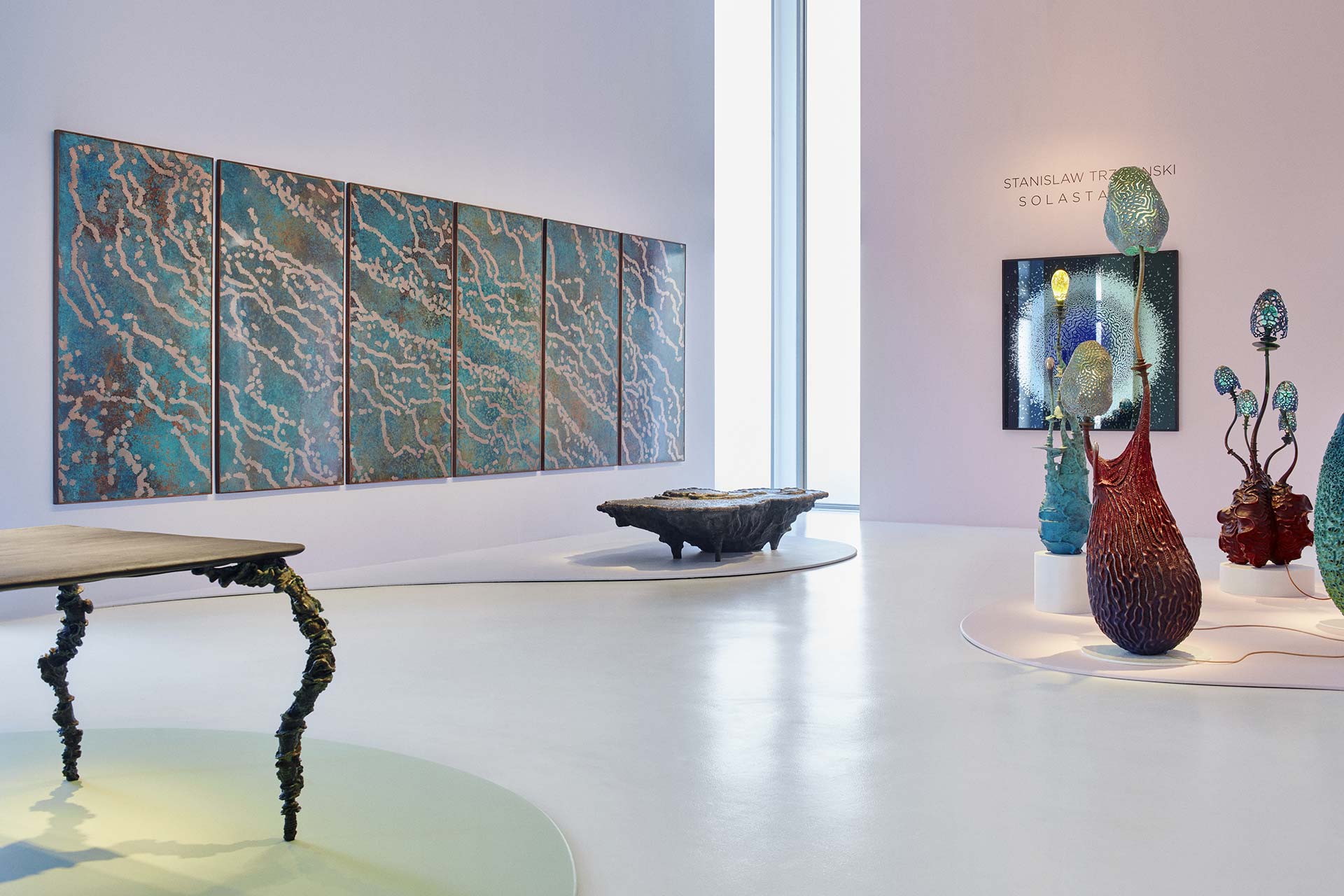
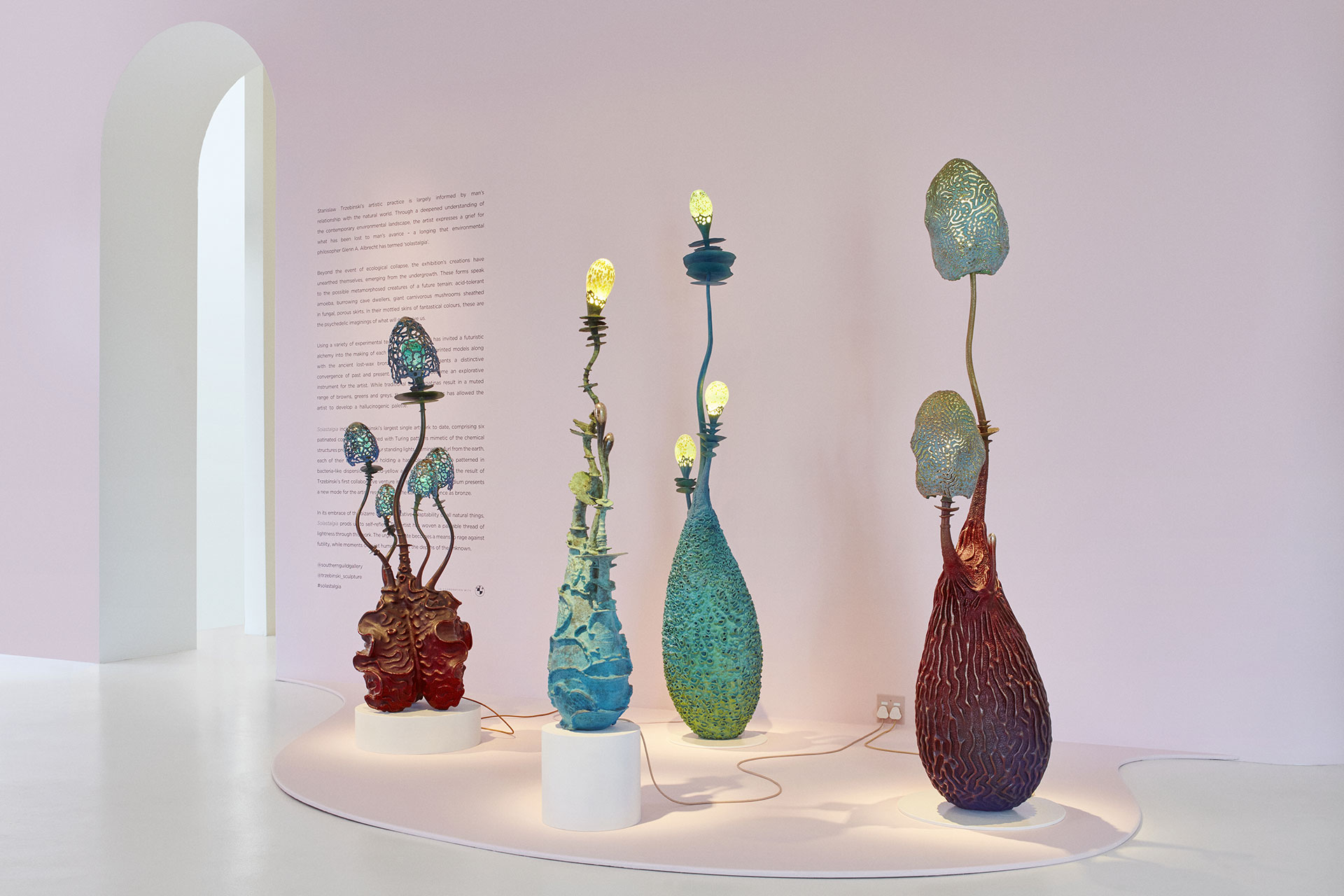
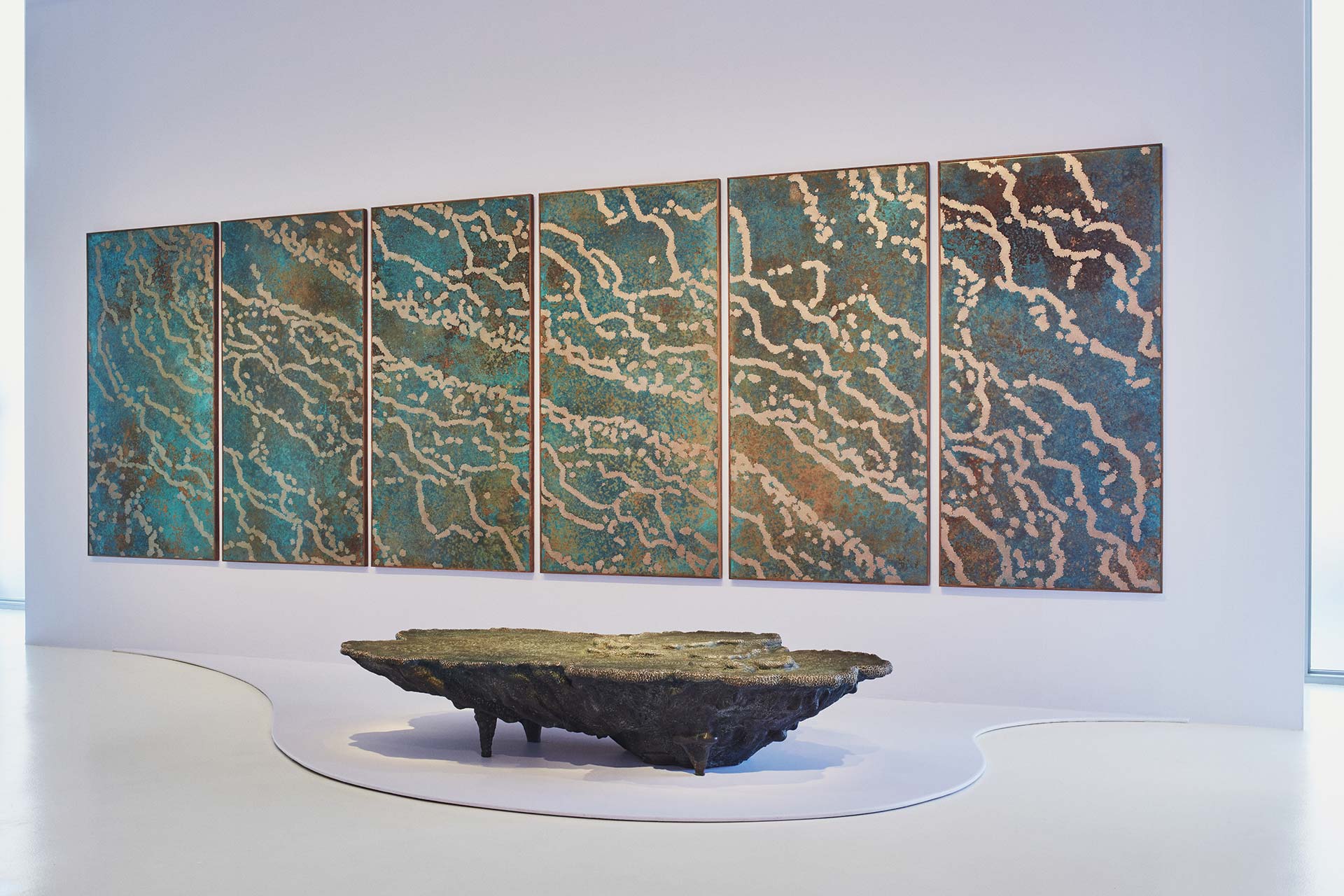
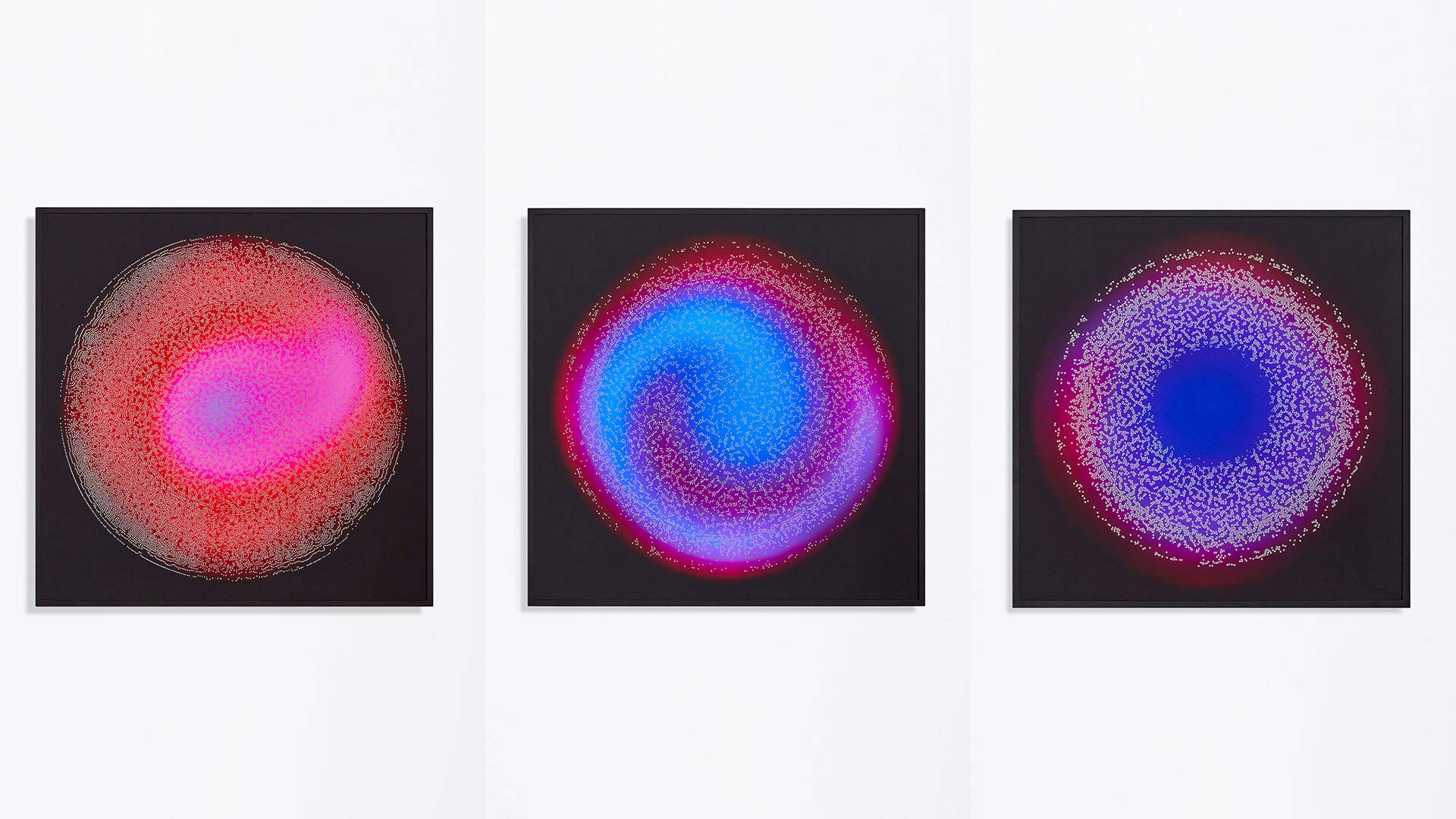
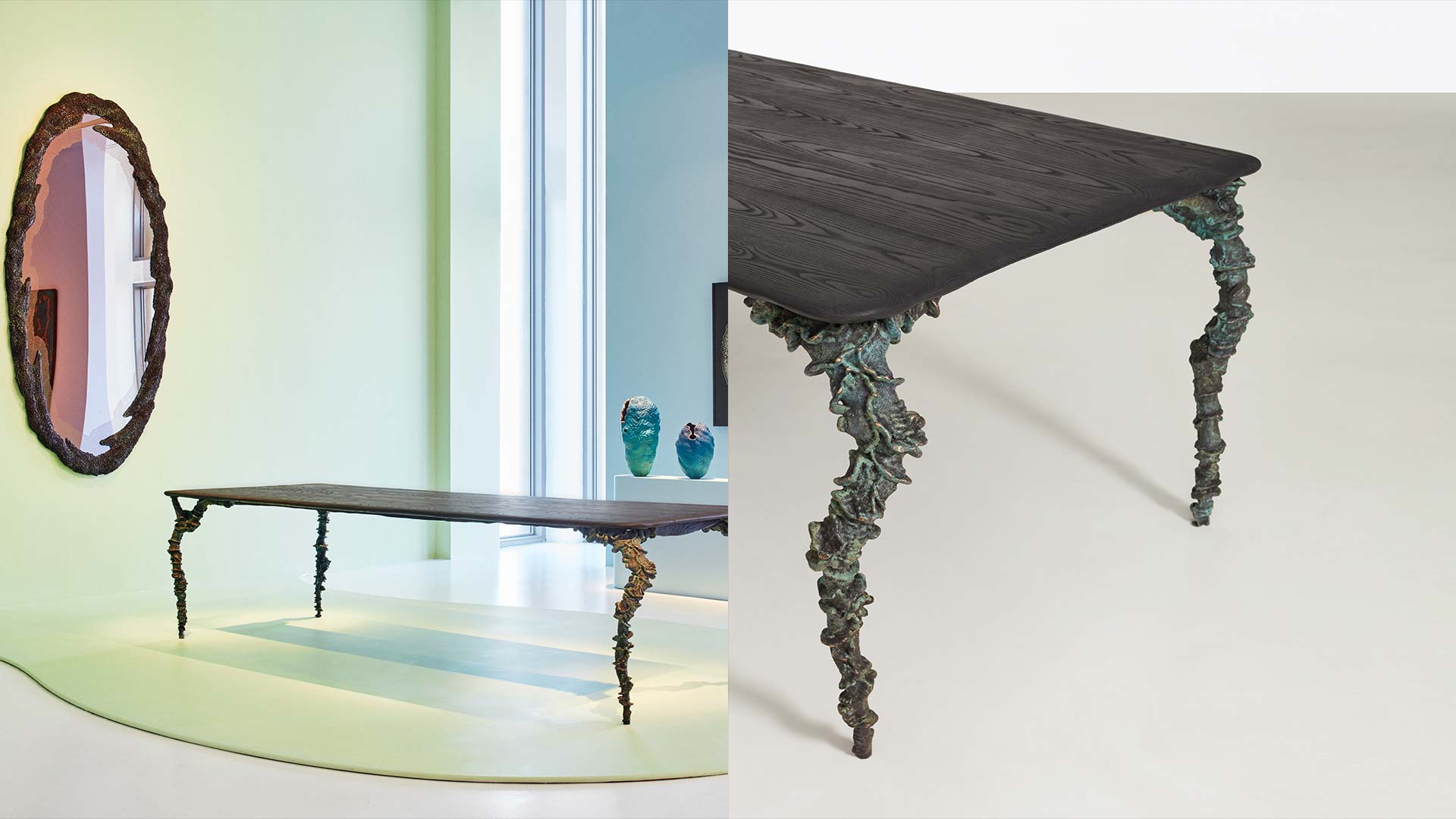
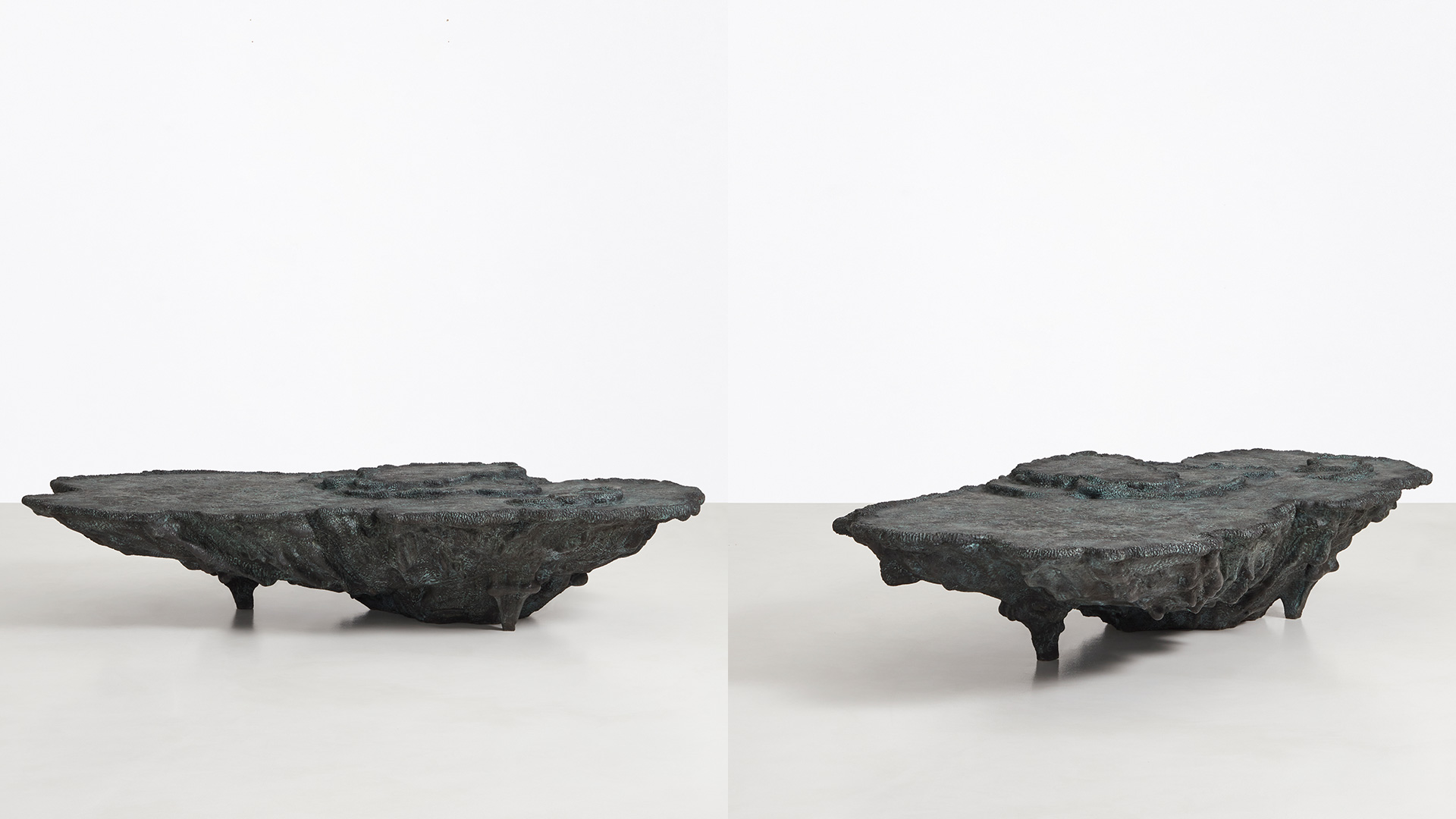






What do you think?